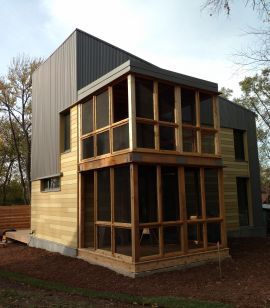425 Grand Concourse, Bronx, New York
This multi-use building is the largest Certified project to date.
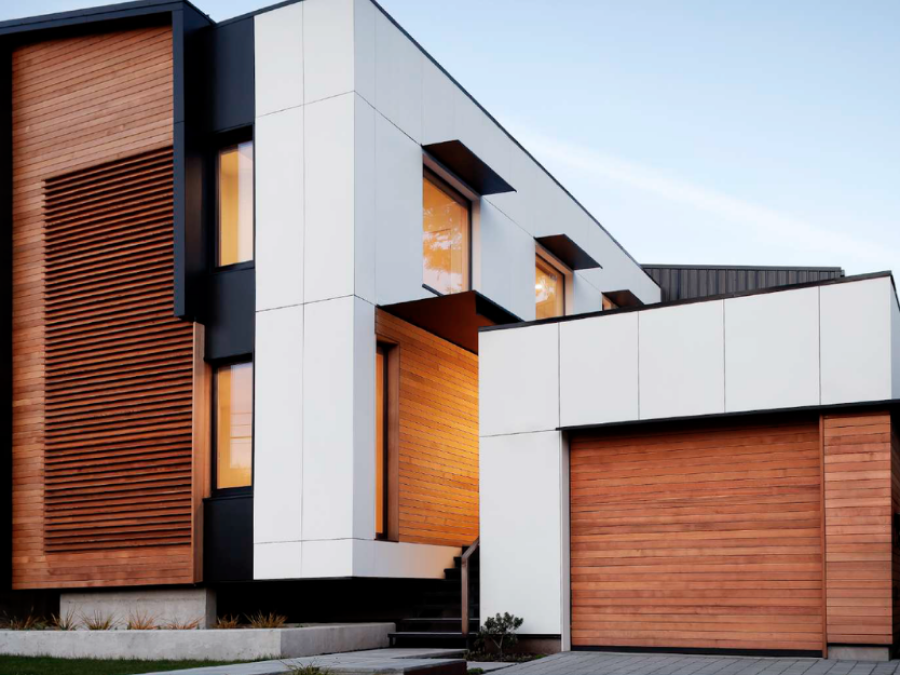
The substantial energy savings provided by applying passive house principles and certifying buildings to the Phius standard will play a critical role in the quest to eliminate carbon emissions from our buildings.
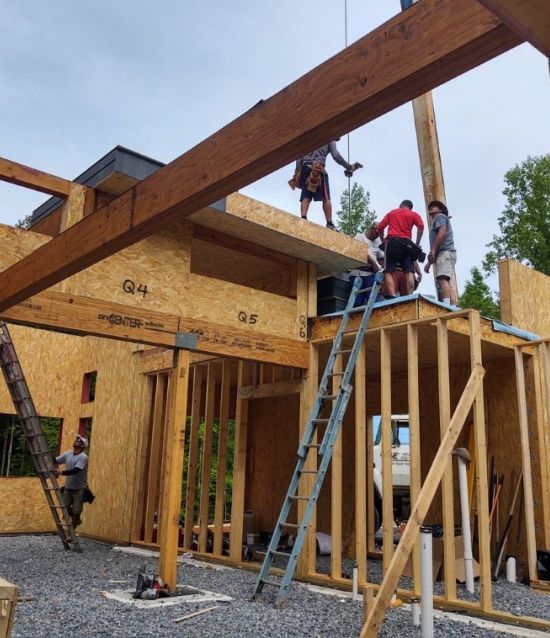
The foundational principles and construction techniques associated with passive buildings make them both hyper energy efficient and extremely comfortable.
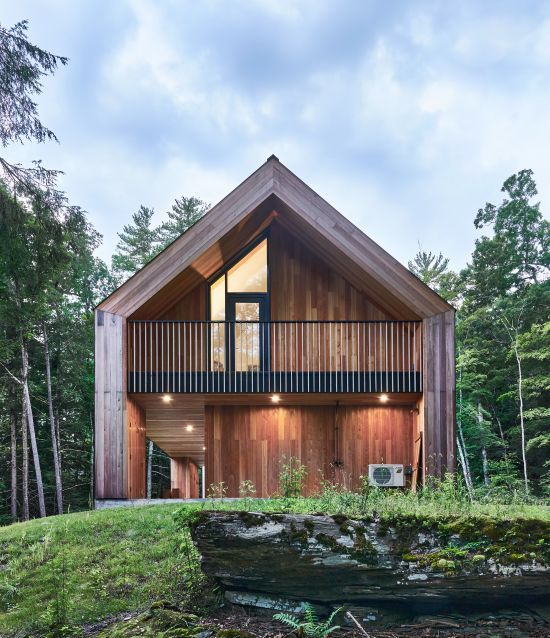
The self-paced Passive Building Foundations Training offers an introduction to the basic principles of passive building and Phius. It is ideal for anyone without technical training who is interested in what passive building has to offer. Those who complete the course and pass the exam are recognized as Phius Associates.
The Phius standard is designed to scale for all types and sizes of buildings.
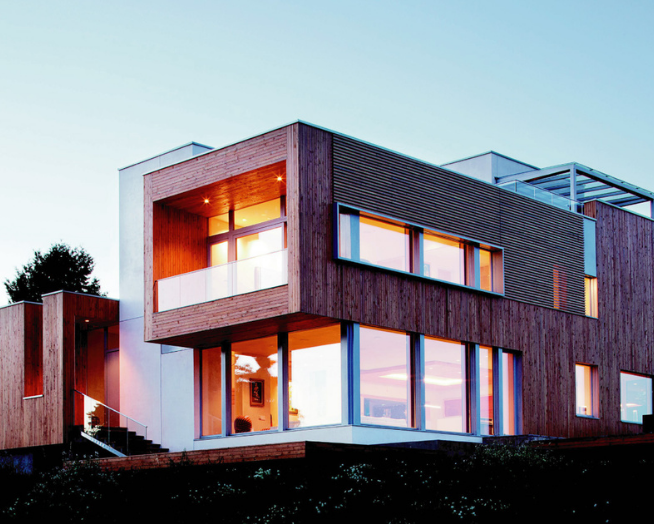
The concept of passive building began with single-family homes, so we at Phius have been certifying them for more than a decade.
Explore Single-Family Projects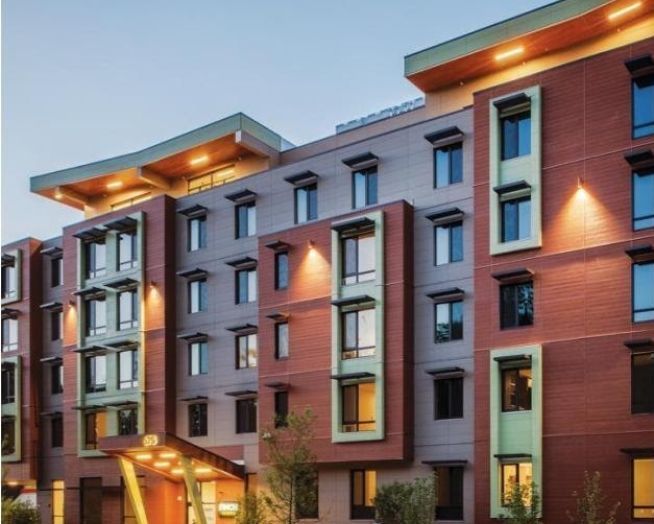
The largest growing sector in passive building is multifamily housing.
Explore Multifamily Projects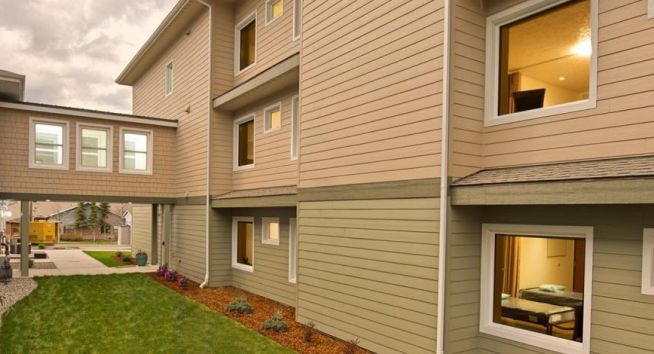
Passive building leverages the economies of scale in commercial construction for extreme energy efficiency at extremely reasonable cost.
Explore Office Buildings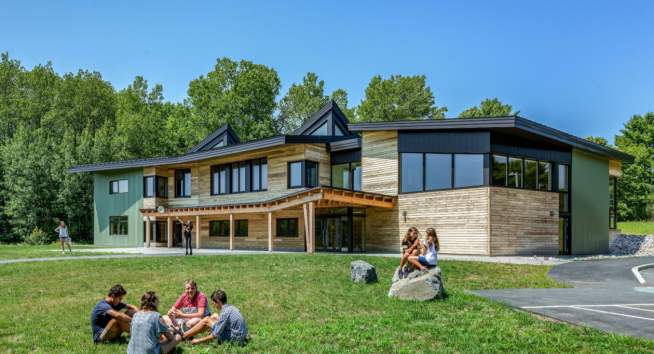
Buildings constructed to Phius standards are among the safest and most resilient in the world, so why wouldn't we want schools to be built this way?
Explore Schools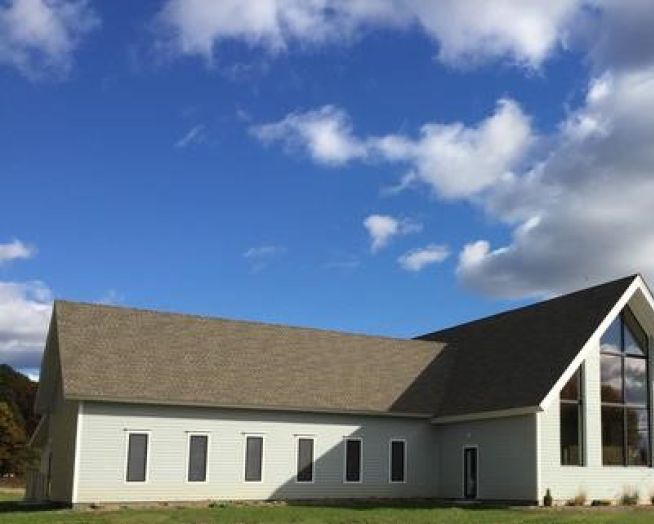
Passive building standards can, and have, been used in a wide variety of buildings throughout the country.
Explore Non-Residential ProjectsThis multi-use building is the largest Certified project to date.
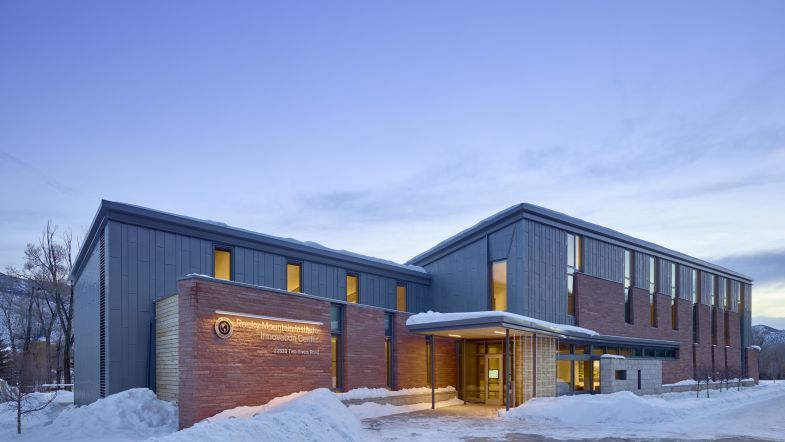
The Innovation Center accommodates 50 staff and has room for 80 people in the convening space.
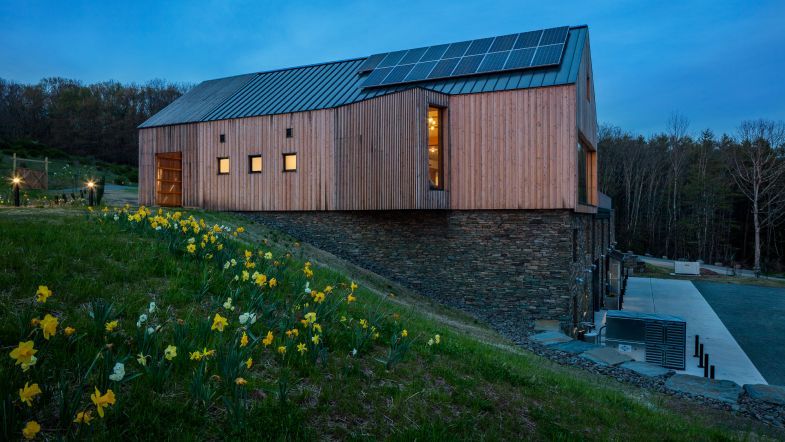
This project is the world's first cidery built to passive standards.
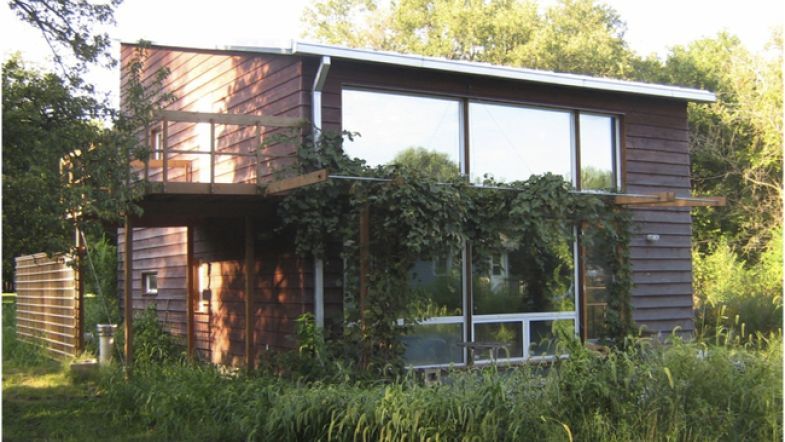
Designed and built by Phius Founder Katrin Klingenberg, this is the first passive house ever built in the U.S.
The best way to introduce Phius to your firm is with a one-hour Phius 101 presentation. Just fill out the request form and we'll come to you!
